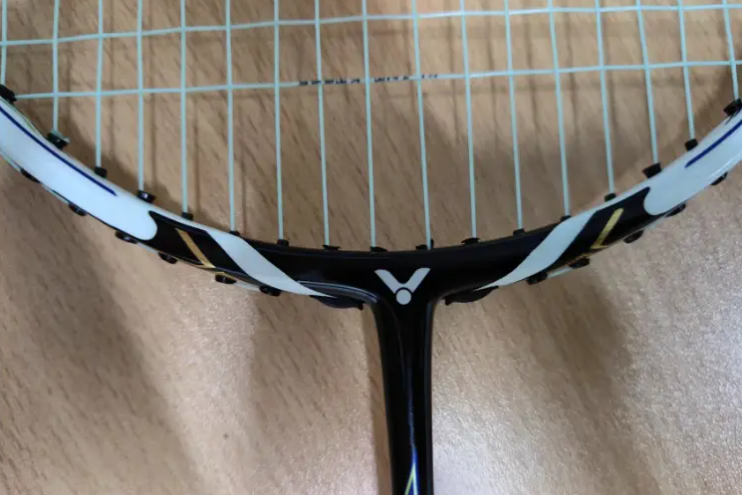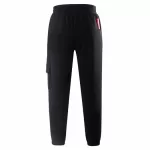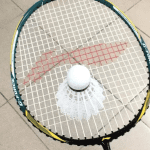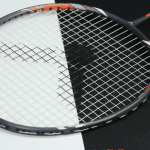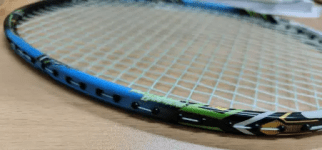
Badminton Racket Victor TK9000 Reviews
I’m afraid this one is a crucifixion.
With specs that don’t taste as pure, a full complement of flaws, and a relatively good price for a used one, this big brother of the TK series more or less can’t hold up its end. Why was it quickly overshadowed by the THRUSTER K ONIGIRI NEW after its launch?
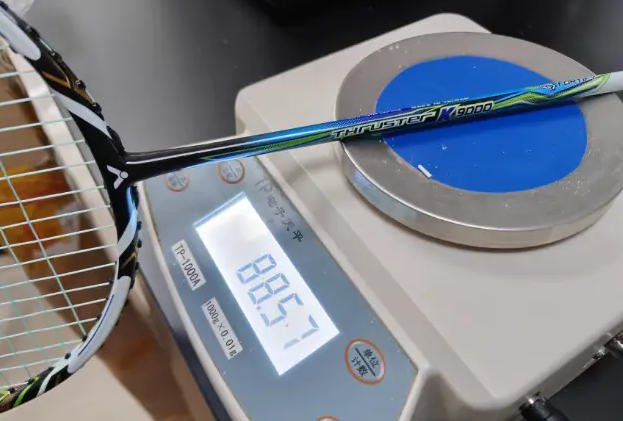
Parameters: 4UG5, de-bottomed towel rubber, total weight of 88.57g in used condition, balance point 302mm, center bar length 218mm, medium-high stiffness, boxed racket frame, 76-hole wire bed, 9-3 point wire groove, 28lbs warranty, threaded 26-28lbs KT66F.
To be honest, even if the condition of the equipment I have in hand is not so war-damaged, I still feel that the 9000’s paint design is rather mediocre, lacking a kind of refinement or such as TK5000/6000/7000L or such as TK7000S/8000 orthodoxy, and even in the aggressiveness of the TK9000B/TK9900 is not as strong as the TK9000B/TK9900. The racket uses white in the color scheme which is not a problem, but the addition of blue green makes the racket look refreshing against the grain, not so proper and not in line with the positioning of the racket. Of course, any racket frame from Blue Factory that uses the weighted grooves is very thick, so there’s no problem in terms of carrying the build.
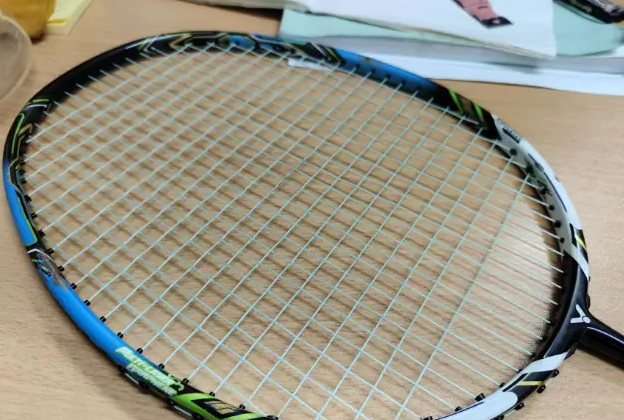
Eh, on the hand found that the 4U version is not as heavy as I expected, then the question came, TK9000B that dead heavy dead heavy strength is inherited where …… after going to the bottom of the balance point of this 4U racket more or less a little bit scary, but on the swinging weight compared with those familiar wrist-breaking artifacts is not ranked. At this level of swingweight, the racket can provide a more obvious sense of borrowing power for overhand shots in the active state, and the potential stored in the swing is just enough to hit the ball out of the way. The face is stable, the sweet spot is regular, and hitting outside the sweet spot doesn’t shake the hand, which is a top-tier feel. the TK9000 taper cap suggests that the head weight is in the top tier, which is more or less the wrong number, in my opinion.
Comparatively speaking, the TK9000 is not that stiff, at least the later TK9000B will be a notch stiffer in terms of feel. However, I was somewhat pleased with the resulting slight ball-holding feel, with more room to maneuver small balls at the net to create a stable feel. What puzzles me is that this racket was used by Shin Baek Che, is it also a doubles racket? It’s a bit different from what I expected.
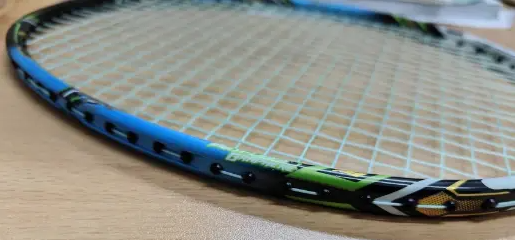
The feel of the racket in the execution of the downward pressure of the ball is roughly the same as the TK8000, but it seems to be the first TK that uses the Nano fortify, so its mid-range feedback is a little better than the previous four-digit number, you can feel a linear relationship between the degree of force and the strength of the ball, not so wooden, and a special tough and elastic feeling. 4U version of the tuning is actually quite well-balanced, the mid-range of the good, and the performance of the heavy kills is quite good, if a reliable teammate in the doubles set for their own full game, it can be a sound match experience. The 4U version is actually quite well balanced, with a good midrange, pretty good on heavy kills, and if you have a reliable teammate to make the ball all over the court for you in a doubles set, it can be a great matchup experience. On a violent note, I’ve had an experience similar to this situation before with another racket – the HALBERTEC 8000.
The swing speed was really mediocre, and the nagging boxy frame alone was enough to give me a hard time in flat draws. However, in a continuous racket swing it felt unexpectedly flexible, able to follow through on fast-paced draws without being overly hard on the lower arm or wrist, which was completely unexpected. This sense of ambivalence is the same as the racket I mentioned above, and it’s no wonder that there are mixed doubles players using it.
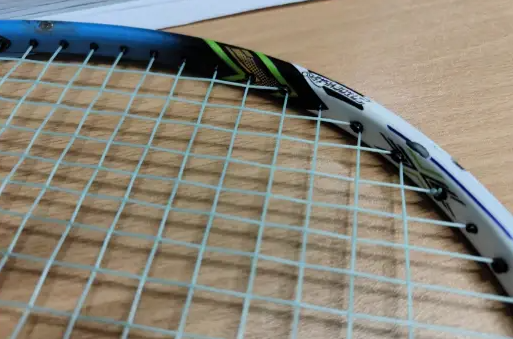
What’s more confusing is that it really doesn’t fit my stereotypical “attacking racket,” and it didn’t give me a hard time even on kills or overheads or backhands; the TK9000’s well-done elasticity and controlled swingweight gave me the ability to get out of the way of a more passive situation and form a clinch. I can’t say it’s flexible, but ……4U’s TK9000 is a balanced racket. It’s no wonder that it’s the most expensive of the TK models (1,580 for the 9900, 1,660 for the 9000), and it doesn’t have the reputation or the value to hold its own, because it’s not what people expect it to be.
Of course, because it works well, it still has a high retention. By mistake, the big brother TK9000 without the majesty has instead become the type I am comfortable with.
